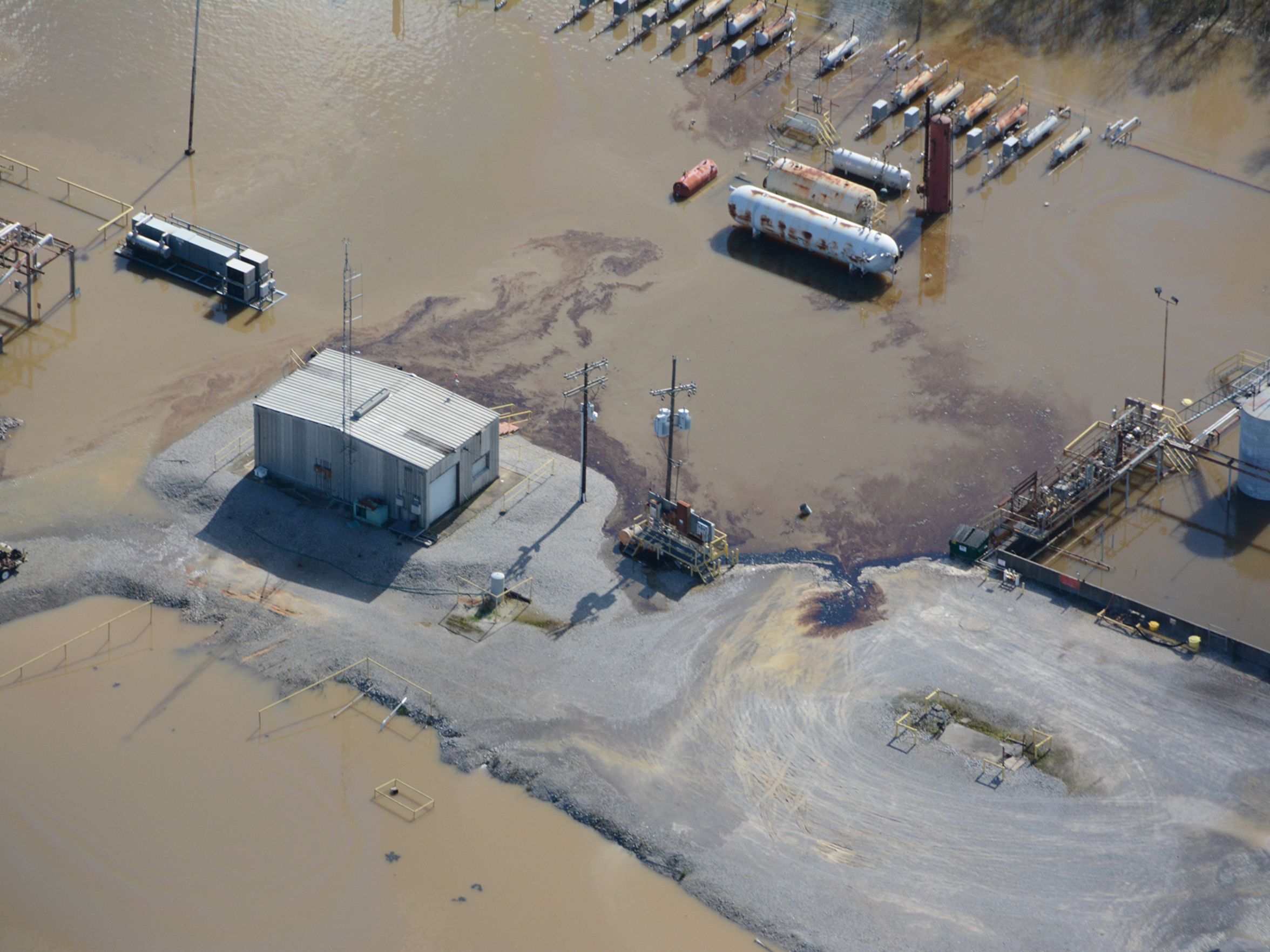FEMA, Army Corps of Engineers still failing at one of their most basic missions
08/01/2016 / By usafeaturesmedia

(BigGovernment.news) A Government Accountability Office (GAO) report issued Tuesday says the Army Corps of Engineers (USACE) and Federal Emergency Management Agency (FEMA) have made ‘little progress” in carrying out a number of federally-mandated steps to ensure the safety of the nation’s estimated 100,000 miles of levees and flood walls.
In 2014, Congress approved legislation directing USACE and FEMA to create voluntary national levee safety guidelines, in addition to providing technical and financial incentives to state, local and tribal governments to increase safety and public awareness.
The GAO says USACE is in the process carrying out one of the congressional mandates: the creation of a national inventory of levees.
According to the report, both the Department of Defense and FEMA lay the blame on a lack of congressional funding that would allow them to implement those steps, which include developing voluntary national levee safety guidelines, and providing assistance and training to the state, local and tribal government agencies that maintain the bulk of the nation’s levee and flood wall system.
“The agencies have taken no action on the remaining key national levee- safety-related activities for which they were responsible,” the report says, “and have missed several statutory deadlines for developing guidelines and reports.”
Neither USACE nor FEMA, the report says, have “current plan[s] for implementing the remaining activities.”
USACE told GAO investigators that “resource constraints” were the main reason why it has not fulfilled its obligations and that “new appropriations would be needed” to address them.
FEMA also told the GAO it would need additional appropriations, “and told us that the agency had not received any funding directed toward national activities required” under law.
FEMA noted that even if those activities were funded, it would need to hire additional staff in its 10 regional offices to implement them.
The report says FEMA currently “has one staff person who is available part-time to implement the national levee-safety-related activities required by the act.”
The GAO recommends executive action to require USACE and FEMA “to develop a plan, with milestones, for implementing these activities, using existing resources or requesting additional resources as needed.”
The GAO suggests the final plan “could be posted on the Corps’ website and monitored for progress.”
Both the Department of Defense, which oversees USACE, and the Department of Homeland Security (DHS), which oversees FEMA, agreed with the GAO’s recommendations.
In comments on the GAO report, DHS’s Jim Crumpacker, director of the department’s GAO-OIG Liaison Office, noted that “levees reduce the risk of flooding. They do not eliminate it.”
Crumpacker pointed out that FEMA is responsible for “identifying and mapping risk,” while USACE is responsible for “operating and maintaining levees within the federal system.”
The bulk of the nation’s levees, Crumpacker wrote, falls to “local governments, communities and private levee owners,” in addition to citizens, who are “responsible for knowing the risks and taking the steps to safeguard their homes, businesses and families.”
The Cato Institute’s director of tax policy studies, Chris Edwards, told AMI Newswire that while the GAO is “probably right” in its criticisms of the two agencies, “the whole thrust in federal policy for both agencies — increasing centralization — is entirely wrong-headed.”
“The more that control moves to Washington,” Edwards said, “the less cities and states will feel responsible for their own infrastructure and disaster response systems.”
“State and local governments will have a ‘learned helplessness’ response,” he added, “meaning that they will lose the initiative, confidence and authority to act for themselves to protect their own citizens.”
Edwards called this a “very troubling trend.”
The GAO report notes that the effects of a levee failure were brought to national attention in 2005, when waves created by Hurricane Katrina resulted in the “overtopping and failure” of floodwalls in New Orleans, which the report contends contributed to “at least 1,300 deaths.”
The federal government provided more than $16 billion in disaster relief as a result of that storm.
Data from FEMA shows that nearly a quarter of U.S. counties, containing almost half the nation’s population, have levee systems in place.
A 2009 report from the National Committee on Levee Safety estimated that the average age of levees within federal levee safety programs was 50 years.
The same report estimated levees outside federal jurisdiction may be 100 years or older.
Edwards says the Hurricane Katrina disaster “was partly due to New Orleans and the State of Louisiana assuming that Washington had their protection under control. And of course they didn’t.”
“We don’t need a national inventory of levees,” Edwards said. “What would that accomplish? No federal politician would have the time to read it.”
By Norman Leahy, AMI Newswire.
More:
- The Hillary Effect: Prospective Diplomatic Security Agents Can’t Tell If Its Safe To Work For The State Dept.
- Lessons In Corruption: Clinton Foundation-Backed College Now On Federal Watchlist
- What The Supreme Court Got Wrong About ‘Affirmative Action’ Is Everything
BigGovernment.news is part of USA Features Media.
Tagged Under: Army Corps of Engineers, FEMA, Flooding, Hurricane Katrina





















